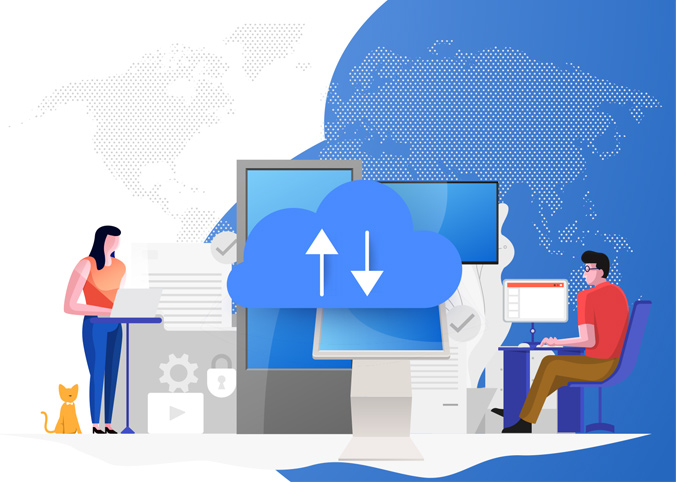Enterprise Digital Signage Software Built for Scale, Security, and Simplicity
Empower your organization with MediaTile’s enterprise-class digital signage software—designed to deliver powerful, secure, and scalable communication across every screen in your network.
Why Choose MediaTile for Enterprise Signage?
MediaTile’s digital signage platform is trusted by global enterprises, government agencies, educational institutions, and healthcare networks. Whether you're managing hundreds or thousands of displays, we provide the tools, support, and infrastructure to keep your network running smoothly and securely—anywhere in the world.

Key Features of Our Enterprise-Class Solution
✅ Secure, Cloud-Based Architecture Hosted in Tier 1 data centers across North America, our platform is built with enterprise-grade encryption and redundancy. It’s ideal for organizations with strict compliance requirements and distributed teams.✅ Centralized Management at Scale Manage content, schedules, and user permissions for thousands of screens from a single dashboard. Our intuitive interface and powerful content automation tools simplify complex workflows.
✅ Granular User Controls & Permissions Create custom roles and assign specific content regions, devices, or locations to users—perfect for franchise networks, corporate campuses, or multi-site organizations.
✅ High Uptime & Remote Monitoring Our system architecture supports failover redundancy and includes proactive health monitoring, ensuring your network is always online and content-ready.
Scalable Solutions for Complex Needs
MediaTile was purpose-built to grow with your organization. Whether you're rolling out screens across a national network or integrating with internal systems like ERP, SharePoint, or Power BI, we deliver seamless integrations and enterprise-level support.
Use Cases:- Corporate Communications
- Franchise & Retail Networks
- Healthcare & Patient Engagement
- Government & Public Service Messaging
Proven Expertise & Ongoing Support
With over 20 years in the digital signage industry, MediaTile delivers unmatched reliability and support. From system architecture to content strategy, our team becomes an extension of yours—offering white-glove service every step of the way.Ready to Elevate Your Digital Signage Strategy?
Contact our enterprise specialists today to discover how MediaTile can help you streamline messaging, engage audiences, and scale with confidence. 📞 Call us or Request a Demo
If you want to discuss Enterprise CMS systems and the importance of scalability, redundancy, and security, feel free to contact us.

